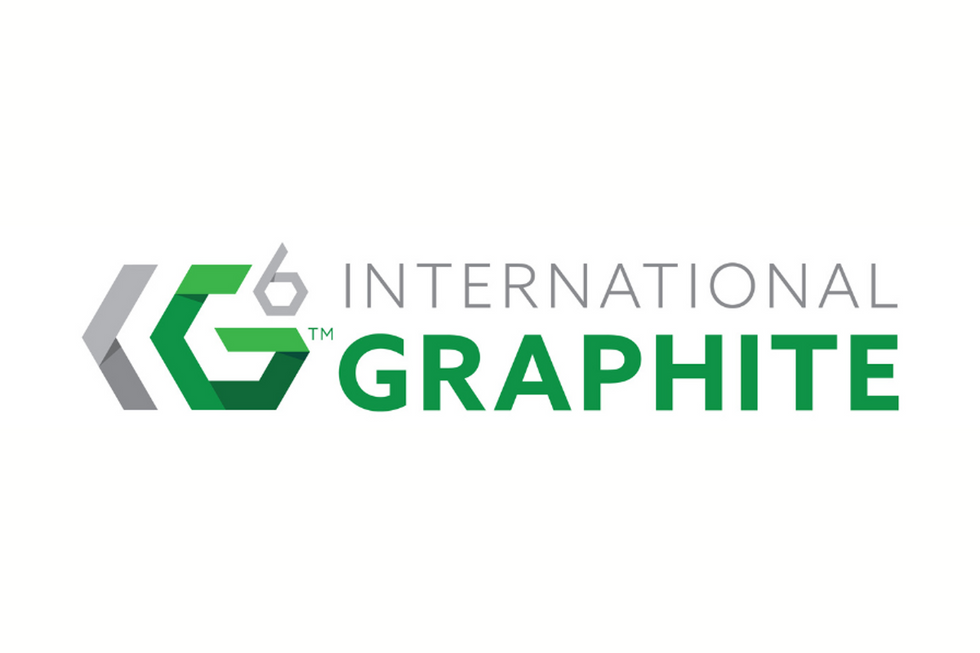Eagle Graphite Incorporated : US Tariffs On Chinese Graphite Will Be The First Domino

Eagle Graphite Incorporated (TSXV:EGA): Tariffs will only accelerate the inevitable scramble for supply.
Eagle Graphite Incorporated (TSXV:EGA): Tariffs will only accelerate the inevitable scramble for supply.
Graphite is indispensible for the manufacture of all sorts of things that are important to daily life. It finds use in literally hundreds of applications including steelmaking, electronics, gaskets, lubricants, and, yes, pencils. A shortage in graphite would have severe negative consequences both for civilian and military industries, and this is why both the EU and the USA recognize graphite as a critical mineral.[1][2]
Over many years, the world has come to rely on plentiful supplies of graphite from Chinese mines. Massive graphite exports have been part of a broader Chinese government strategy of growing the Chinese economy using raw materials priced below long-term sustainable levels. While Chinese government policy is shifting away from this approach, best estimates suggest that the world still relies on China for 3/4 of the global supply of flake graphite.
The USA is no exception in its reliance on Chinese suppliers. The US has had no graphite mining for many decades, and China is the top source for the roughly 50,000 tonnes per year that it imports.[3]
The next round of tariffs on China proposed by the Trump Administration is a new threat to the long-standing relationship between US industry and Chinese graphite suppliers. Set to take effect as early as late August, the measures include an import tax of up to 25% on all graphite imported from China. The tariffs are specific to China, conveying an advantage to Canadian graphite sources such as Eagle Graphite. “We would not rely on tariffs to build our business case,” explains Jamie Deith, Eagle’s CEO, “but they highlight how overly dependent on Chinese sources North America has become. We are already seeing growing concern from customers over the stability of their supply chain, and the tariffs provide yet another reason to rethink their procurement strategies.“
Deith thinks that within a few years, buyers of graphite will be faced with a much bigger problem that has little to do with tariffs. “Purchasers should be considering what would happen if Chinese supply is cut off entirely,” he contends.
His reasoning centres on the shift away from internal combustion vehicles in favour of electric vehicles (EVs). Graphite is a critical component of the lithium-ion batteries used in electric vehicles. “Batteries represent an up and coming demand for graphite that simply wasn’t there a few years ago. Every Chevy Bolt or Tesla Model 3 uses up 60kg of graphite[4], and as EV demand grows, so does graphite consumption.“
Deith estimates that carmakers are currently using 100,000 tonnes of graphite per year to make electric vehicles – already a substantial amount of the less than 500,000 tonnes that he believes is produced globally. “But this is to make only about 1% of the total cars produced, and EV adoption rates are still growing exponentially. When we hit 5% in a few years, EVs will easily be using more graphite than all other uses combined. If we are ever to achieve 25% EVs, worldwide graphite production has to increase many times over.“
For its part, China is so far the most agressive in transforming its vehicle fleet, and is well ahead of the rest of the world in ramping up EV production. Ever-increasing amounts of Chinese graphite are being consumed for its domestic auto industry, and ultimately China will shift to becoming a net importer of graphite.“When this happens”, Deith contends, ”the decades-long tide of graphite flowing out of China will be reversed, leaving purchasers in the rest of the world no choice but to find alternative sources.”
The search for reliable replacement graphite providers will not be easy. The relatively few established mines outside China have grown long in the tooth, and decades of resource depletion raises doubts as to their ability to fill the void as Chinese supply dries up. And while there is no shortage of junior graphite companies looking to start new mines, most face years of permitting and construction with no guarantee of a satisfactory finished product. New mine starts around the world in recent years have been generally disappointing, having run into serious technical problems. Deith explains, “These startups are either producing graphite of insufficient quality for many uses, or encountering insurmountable problems extracting graphite flakes from challenging host rocks.”
Deith feels that the Eagle project stands out among its North American peers. “We have a quarry and plant that are already permitted and constructed, and we have a history of producing very high quality graphite. Eagle is the obvious choice to meet the needs of North American graphite purchasers for years to come. We’re ahead of the game and we’re ready to play!”
REFERENCES
[1]https://www.federalregister.gov/d/2018-10667/p-9
[2]https://eur-lex.europa.eu/legal-content/EN/TXT/HTML/?uri=CELEX:52017DC0490
[3] https://minerals.usgs.gov/minerals/pubs/commodity/graphite/mcs-2018-graph.pdf
[4]https://neo.ubs.com/shared/d1mFW2YvNRvHXA/ , p.73
Torey Marshall, Bsc (Hons), Msc (Geology), MAusIMM(CP), a “Qualified Person” as defined by NI 43-101, has approved the scientific and technical information in this release.
Neither the TSXV nor its Regulation Services Provider (as that term is defined in the policies of the TSXV) accepts responsibility for the adequacy or accuracy of this release.
Click here to connect with Eagle Graphite Incorporated (TSXV:EGA) for an Investor Presentation.



